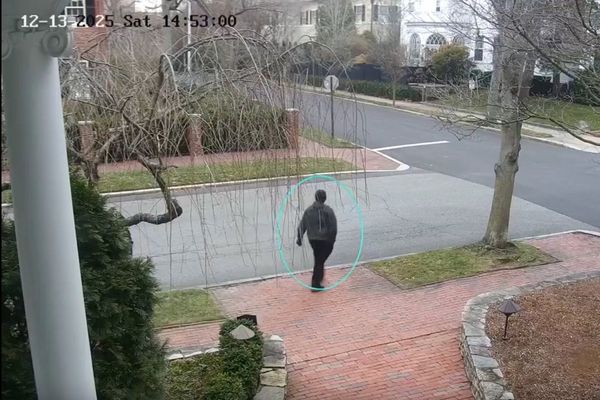
Scientists might have worked out how to hear from aliens.
If extraterrestrial life is communicating with its spacecraft in the same way we do, then those messages may be detectable from Earth, new research has suggested.
In the study, researchers looked to understand where we should look for signs of alien intelligence.
To do so, they analysed the signals we send out that might be detectable from another civilisation. That might help us understand what kind of similar signals might be coming to us from other distant alien worlds.
“Humans are predominantly communicating with the spacecraft and probes we have sent to study other planets like Mars,” said Pinchen Fan, from the Penn State Eberly College of Science.
“But a planet like Mars does not block the entire transmission, so a distant spacecraft or planet positioned along the path of these interplanetary communications could potentially detect the spillover; that would occur when Earth and another solar system planet align from their perspective. This suggests that we should look for alignment of planets outside of our solar system when searching for extraterrestrial communications.”
Many of the most powerful and lasting signals coming from Earth are those that we send to spacecraft. Much of that is done through Nasa’s Deep Space Network, or DSN, a set of facilities on the ground that allow communications back and forth between spacecraft that might be a long way from Earth.
The researchers took logs form that DSN and matched them with information about where the spacecraft were, to understand when and where radio signals were being sent from Earth.
They found that most of the signals were being sent towards spacecraft near Mars. Others tended to be sent towards other planets and the Lagrange point between the Sun and the Earth, where the gravity of the two objects helps keep space objects in a stable position.
That means that scientists might be best looking for signals from alien spacecraft at points where planets line up, the researchers suggest. Scientists already use the alignment of planets to find other worlds: when they move in front of their star, the small dip in light that can be seen from Earth is key to spotting them.
“However, because we are only starting to detect a lot of exoplanets in the last decade or two, we do not know many systems with two or more transiting exoplanets,” said Fan. “With the upcoming launch of NASA’s Nancy Grace Roman Space Telescope, we expect to detect a hundred thousand previously undetected exoplanets, so our potential search area should increase greatly.”
The research is published in a new paper, ‘Detecting Extraterrestrial Civilizations That Employ an Earth-level Deep Space Network’, in the journal The Astrophysical Journal Letters.







